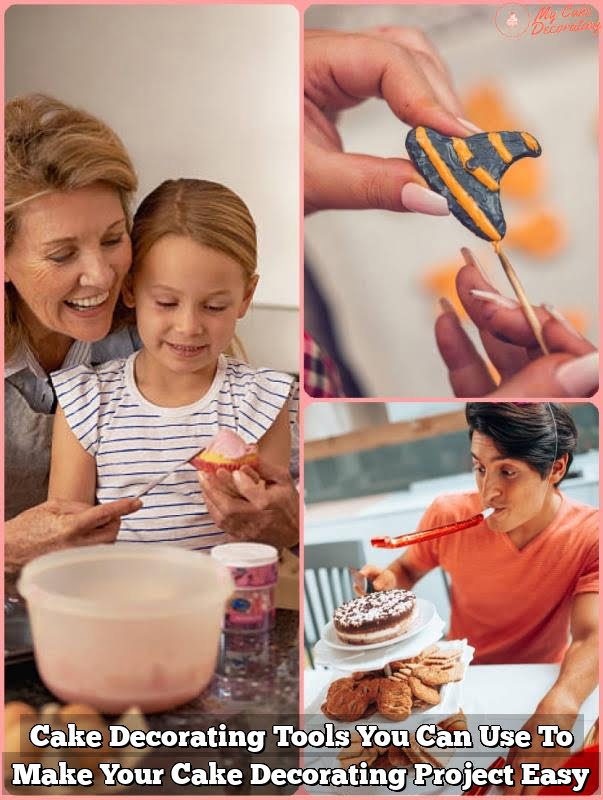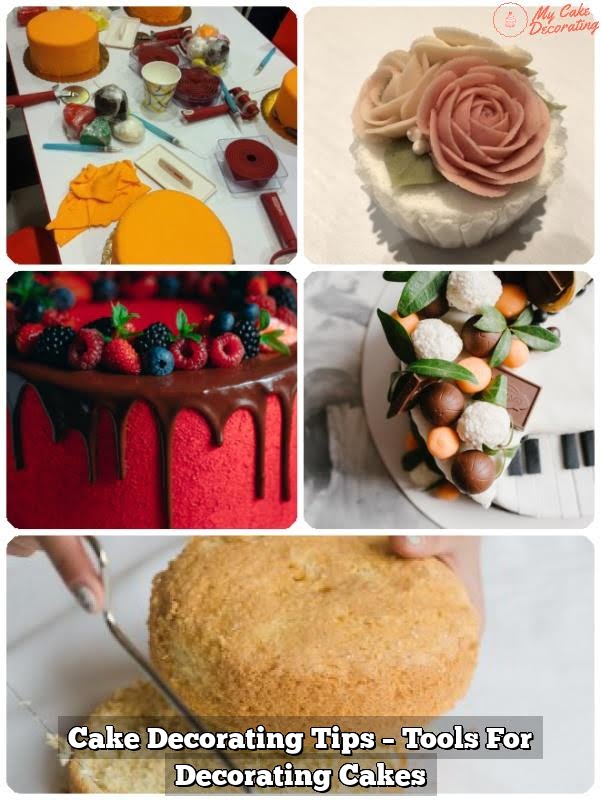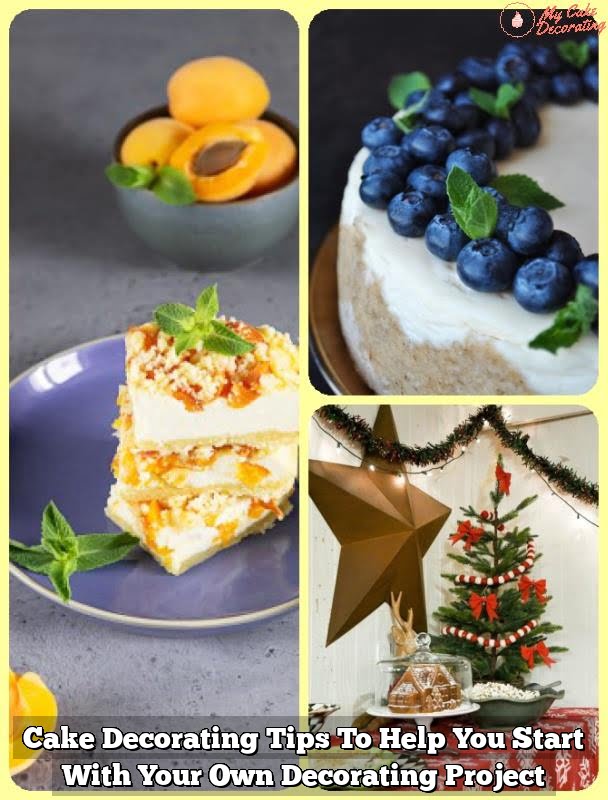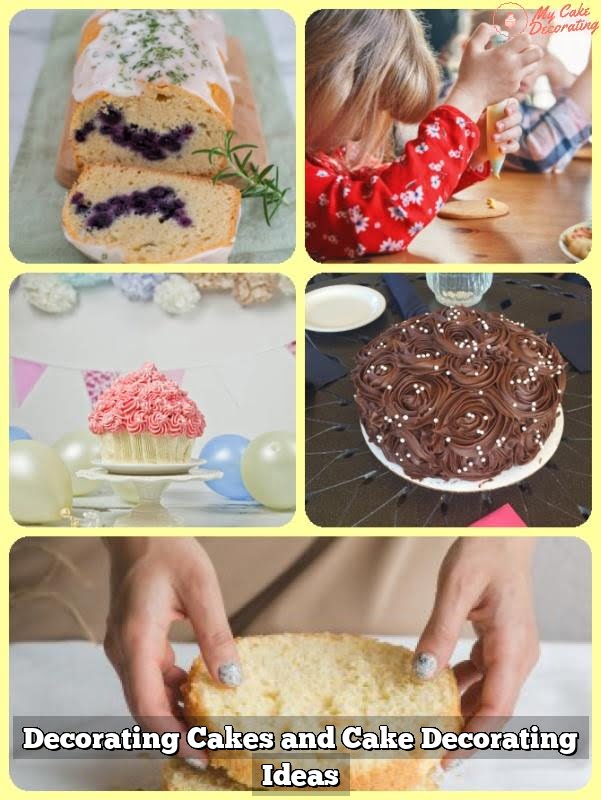Are you wondering how to get better at cake decorating? Whether you’re a beginner or looking to improve your skills, mastering the art of cake decorating is worth the effort. From understanding the basics of tools and techniques to learning about different types of frosting and icing, there are various aspects that can elevate your cake decorating game.
In this article, we will explore the fundamentals of cake decorating and provide tips for perfecting piping and designing techniques. We’ll also delve into the importance of incorporating colors and texture for visual appeal and experimenting with different decorating styles and themes. Additionally, we will discuss the significance of practice and patience in cake decorating, as well as strategies for troubleshooting common mistakes that may occur.
For those seeking to take their skills to the next level, we will also touch on utilizing online resources and classes for further improvement. So if you’re ready to enhance your cake decorating abilities, read on to discover how to elevate your creations from basic to show-stopping.
Understanding the Basics of Cake Decorating
Cake decorating is not only a fun and creative hobby, but it can also be a lucrative skill to have. To get better at cake decorating, it is essential to understand the basics of cake decorating tools and techniques. From piping bags to spatulas, having the right tools can make all the difference in creating beautifully decorated cakes.
Essential Tools for Cake Decorating
One of the most important tools in cake decorating is a good quality piping bag and a variety of piping tips. These allow for different designs and textures to be created using frosting or icing. Additionally, offset spatulas are essential for spreading icing smoothly and evenly on cakes.
Basic Techniques for Cake Decorating
Understanding basic techniques such as crumb coating, smoothing icing, and creating borders are crucial in achieving professional-looking cakes. Crumb coating involves applying a thin layer of frosting to seal in any loose crumbs before adding the final layer of frosting. Smoothing icing with an offset spatula or bench scraper helps create a clean finish on the cake’s surface, while creating borders adds a polished look to the edges of the cake.
It is also important to familiarize oneself with techniques such as creating rosettes, shells, and other decorative patterns using piping tips. Practice these techniques regularly to improve your skills and gain confidence in cake decorating. By mastering these basic tools and techniques, aspiring cake decorators can lay a solid foundation for their future creations.
Mastering Different Types of Frosting and Icing
When it comes to cake decorating, mastering the different types of frosting and icing is crucial in achieving the perfect look and taste for your cake. Whether you prefer a smooth buttercream, a glossy ganache, or a fluffy whipped cream, each type of frosting requires specific techniques for application and decoration. Here are some popular types of frosting and icing to master:
- Buttercream: This classic frosting is versatile and easy to work with, making it a favorite among bakers. It can be flavored and colored in various ways to suit different cake flavors and designs.
- Royal Icing: Ideal for intricate designs and piping work, royal icing dries to a hard, candy-like finish. It is commonly used for creating fine details like flowers, lacework, and lettering on cakes.
- Fondant: Known for its smooth, professional look, fondant is rolled out into a thin sheet and draped over the cake. It provides a blank canvas for creating elaborate decorations and 3D designs.
- Cream Cheese Frosting: With its tangy flavor and creamy texture, cream cheese frosting pairs well with carrot cakes, red velvet cakes, and other flavorful options.
In addition to mastering these different types of frostings and icings, understanding the proper consistency for each type is essential in achieving the desired results. Practice working with each type to become familiar with their unique properties and how they respond to various decorating techniques. By doing so, you will gain confidence in utilizing the right frosting or icing for any cake decorating project.
Tips for Perfecting Piping and Designing Techniques
Piping and designing techniques are essential skills for any cake decorator. The ability to create intricate designs, borders, and lettering can take your cakes to the next level. To perfect your piping and designing techniques, it’s crucial to have the right tools and practice consistently.
When it comes to piping, using the correct consistency of frosting is key. Buttercream frosting is commonly used for piping due to its versatility and stability. It’s important to have a variety of piping tips in different sizes and shapes to create various designs. Practice different pressure control on the piping bag to achieve different effects, from delicate lines to bold borders.
In addition to mastering piping techniques, cake decorators should also focus on developing their design skills. This includes understanding composition, symmetry, and balance in cake decorating. Simple techniques such as creating texture with offset spatulas or using stencils can add depth and visual interest to your designs. Experimenting with different design elements such as flowers, leaves, and abstract patterns will help expand your repertoire as a cake decorator.
| Piping Techniques | Design Elements |
|---|---|
| Pressure control | Flowers |
| Piping tips | Leaves |
| Borders | Abstract patterns |
Incorporating Colors and Texture for Visual Appeal
When it comes to cake decorating, incorporating colors and textures is essential for creating visually appealing cakes. The right combination of colors can make a simple cake stand out, while adding texture can make it more interesting and unique. Here are some tips for incorporating colors and textures into your cake decorating:
1. Utilize a variety of food coloring: Experiment with different shades and tones to bring your cakes to life. Whether you’re using gel, liquid or powder food coloring, understanding color theory can help you create beautiful and harmonious color combinations.
2. Play with different frosting techniques: Using a variety of frosting techniques such as ombre, rosettes, or ruffles can add texture and dimension to your cakes. These techniques not only make your cakes visually appealing but also showcase your skills as a decorator.
3. Add edible decorations: Incorporating edible elements such as fondant or gum paste flowers, edible pearls, or sprinkles can add both color and texture to your cake designs. These decorations can be used to create stunning visual effects that will impress anyone who sees (or eats) your creation.
By mastering the art of incorporating colors and textures into your cake decorating, you can take your creations to the next level and turn them into true works of art that are sure to be remembered long after they’ve been enjoyed.
Experimenting With Different Decorating Styles and Themes
When it comes to cake decorating, experimenting with different styles and themes can help elevate your skills and creativity. One way to do this is by exploring various design elements such as shapes, patterns, and textures.
For example, you can try creating a rustic or vintage look using different piping techniques or opt for a more modern and sleek design with smooth fondant surfaces. By experimenting with different decorating styles, you can discover what resonates with your personal aesthetic and develop a signature cake decorating style.
Another aspect of experimenting with different decorating styles and themes is the incorporation of various themes into your designs. Whether it’s for a birthday, wedding, or holiday celebration, different themes require unique design approaches.
For instance, a children’s birthday cake may call for whimsical and fun decorations such as cartoon characters or colorful sprinkles, while a wedding cake may require elegant and romantic embellishments like delicate sugar flowers or intricate lace designs. By exploring these diverse themes, you can broaden your creativity and expand your repertoire of cake decorating techniques.
In addition to exploring different styles and themes on your own, consider seeking inspiration from professional pastry chefs or attending cake decorating workshops. These opportunities can expose you to new trends, techniques, and artistic influences that can further enhance your cake decorating skills. Ultimately, experimenting with various decorating styles and themes allows you to grow as a decorator while keeping your passion for baking alive.
| Element | Importance |
|---|---|
| Exploring design elements (shapes, patterns) | Enhances creativity |
| Incorporating different themes (wedding, holiday) | Diversifies design approaches |
| Seeking inspiration from professionals | Fosters growth as a decorator |
Importance of Practice and Patience in Cake Decorating
Mastering the art of cake decorating is not an easy feat and requires dedication, practice, and most importantly, patience. As with any skill, becoming proficient in cake decorating takes time and consistent effort.
Consistent Practice
One of the most important aspects of improving at cake decorating is consistent practice. This means setting aside time to work on different techniques, experiment with new designs, and hone your skills. Whether it’s practicing piping techniques, perfecting smooth icing application, or creating intricate designs, regular practice is key to improvement.
The Role of Patience
Patience is a virtue when it comes to cake decorating. It’s important to understand that perfection doesn’t happen overnight – it takes time and patience to master the craft. Especially when encountering setbacks or mistakes, maintaining a patient attitude is crucial in learning from these experiences and continuing to improve.
Learning From Mistakes
Inevitably, there will be times when a decoration doesn’t turn out as planned or a technique doesn’t yield the desired result. Instead of becoming discouraged, use these moments as opportunities for growth and learning. Analyze what went wrong, make adjustments as needed, and keep practicing until you achieve the desired outcome. Remember that even professional decorators have encountered their fair share of mistakes along the way.
Troubleshooting Common Cake Decorating Mistakes
When it comes to cake decorating, it’s natural to encounter some common mistakes along the way. However, knowing how to troubleshoot these issues can help you improve your skills and create beautifully decorated cakes. From frosting mishaps to design flaws, here are some common cake decorating mistakes and how to fix them.
One of the most common issues in cake decorating is air bubbles in the frosting. This can lead to a lumpy and uneven surface, which is not ideal for a smooth and professional-looking cake. To troubleshoot this problem, try using a frosting spatula or bench scraper to smooth out the frosting, pushing out any air bubbles as you go. You can also gently tap the sides of the cake with the spatula or scraper to release any trapped air.
Another frequent mistake is creating a runny or watery icing. This can make it challenging to achieve clean lines and designs on your cake. To fix this issue, try adding more powdered sugar to thicken the icing or placing it in the refrigerator for a few minutes to firm up. If you’re working with royal icing, adding a small amount of meringue powder can also help improve its consistency.
Lastly, uneven piping and designs can be a frustrating problem when decorating cakes. To troubleshoot this issue, practice your piping techniques on parchment paper before applying them directly onto your cake. Additionally, make sure that your piping bags are properly filled and free from air bubbles, which can cause inconsistencies in your designs.
By understanding these common cake decorating mistakes and how to troubleshoot them, you’ll be better equipped to improve your skills and create stunning cakes for any occasion.
Utilizing Online Resources and Classes for Further Improvement
In today’s digital age, the internet has become a valuable tool for learning and improving skills, including cake decorating. Online resources and classes offer a wide range of opportunities for furthering your expertise in this art form. Whether you are just starting out or looking to refine your techniques, there are numerous benefits to taking advantage of these digital resources.
One of the major advantages of utilizing online resources for cake decorating is the accessibility. With just a few clicks, you can access tutorials, demonstrations, and valuable tips from experienced professionals in the field. This allows for flexibility in learning, as you can choose when and where to engage with these resources based on your own schedule.
In addition to accessibility, online classes also provide a sense of community and support. Many platforms offer forums and group discussions where you can connect with fellow cake decorators, share your work, seek advice, and gain inspiration from others.
This collaborative environment can be incredibly motivating and help foster growth in your own skills. Remember that continuous learning is an essential part of mastering any craft, so don’t hesitate to take advantage of the wealth of knowledge available through online resources and classes as you continue on your cake decorating journey.
Frequently Asked Questions
How Can I Be Good at Decorating Cakes?
Being good at decorating cakes requires patience, creativity, and practice. Start by learning the basics of cake decorating such as piping techniques, fondant work, and using different tools. Experiment with different colors, textures, and designs to develop your own style. It’s also important to pay attention to detail and be open to learning new trends in cake decorating.
Can I Teach Myself to Decorate Cakes?
Yes, you can definitely teach yourself to decorate cakes. There are plenty of resources available such as online tutorials, books, and videos that can help you learn the fundamentals of cake decorating.
Practice is key – start with simple designs and gradually work your way up to more intricate decorations. Don’t be afraid to make mistakes along the way, as they can be valuable learning experiences.
How Do I Become a Successful Cake Decorator?
To become a successful cake decorator, it’s important to hone your skills through continuous practice and learning. Networking with other cake decorators can provide valuable insights and opportunities for growth.
Building a strong portfolio of your work and promoting yourself through social media or a personal website can help attract clients. Providing excellent customer service and delivering high-quality products will also contribute to your success as a cake decorator.

Welcome to my blog about home and family. This blog is a place where I will share my thoughts, ideas, and experiences related to these important topics. I am a stay-at-home mom with two young children. I hope you enjoy reading it! and may find some helpful tips and ideas that will make your home and family life even better!





